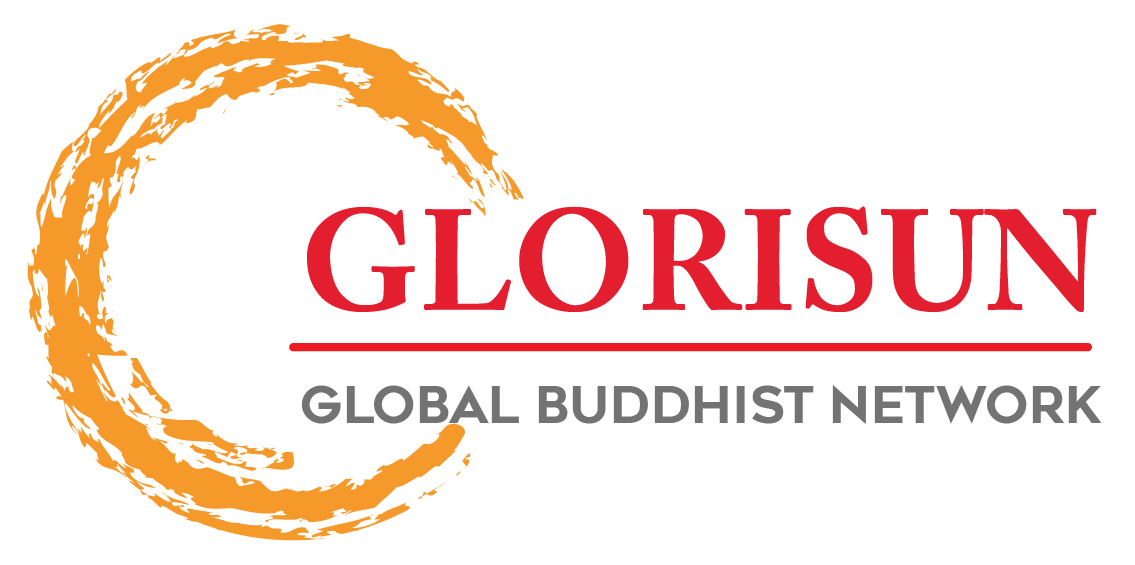Click here return to the Hualin main page.
Click here return to the Hualin E-Journal Vol 8.1 Table of Contents page.
Hualin International Journal of Buddhist Studies 8.1 (2025): 286–301; https://dx.doi.org/10.15239/hijbs.08.01.08
(This article belongs to the Special Issue Asia-European Exchanges Mediated through Buddhism, Buddhism and Medicine: New Perspectives)
On the Borderlands of Religion and Science: Indo-Tibetan Buddhist Contemplative Traditions and Psychedelic Medicine
Stuart Ray SARBACKER
Oregon State University
Stuart.Sarbacker@oregonstate.edu
Abstract: The current ‘Second Wave Psychedelic Movement’ or ‘Psychedelic Renaissance’ promises to transform contemporary medicine, particularly psychological and psychiatric therapies, in profound ways. As psychedelic therapies have become increasingly mainstream, issues have emerged regarding the salience of religious and philosophical issues to these interventions. Roland Griffiths, a leading researcher on psychedelics, argued that the therapeutic potential of psilocybin-based therapy can be correlated with participants’ reporting profound spiritual or even ‘mystical’ experiences. Religious communities have increasingly been compelled to address the spiritual implications of psychedelic therapy, with responses that range from explicit prohibition to the establishment of practices of ‘psychedelic chaplaincy’ and certification programs in psychedelic-assisted therapy. In this paper, I examine the response of contemporary Indo-Tibetan Buddhist traditions to psychedelic medicine among both ‘ethnic’ and ‘convert’ Buddhist communities in light of Pāli and Sanskrit canonical discussions of prohibitions against alcohol (P. majja/Skt. madya) and discussions regarding the use of herbs (osadhī/oṣadhi) as a means to achieve extraordinary accomplishments (ṛddhi). On this basis, I argue three things: (1) that many ‘traditionalists’ connect the notion of ‘heedlessness’ (pamāda/pramāda) to all intoxicants, widening the scope of the fifth precept to a range of substances that induce cognitive and behavioral distortions and thus include psychedelics within the prohibited sphere; (2) if psychedelics are argued to be medicine (bhesajja/bhaiṣajya) as opposed to being akin to alcohol or an ‘intoxicant’ (majja/madya), they fall into a ‘therapeutic’ as opposed to an ‘enhancement’ sphere and are defensible as a medical intervention via Buddhist ethics; and (3) Indic sources convey an understanding that herbs (osadhī/oṣadhi) are a known, if not legitimate, source of extraordinary experiences and capacities (ṛddhi) and thus provide conceptual grounds supporting the contemporary linkage among Buddhist communities between psychedelic and meditative experiences.
Keywords: Buddhism, medicine, therapy, enhancement, ethics, precepts, psychoactive, psychedelics, intoxicants, meditation
About the Author: Stuart Ray Sarbacker is a Professor of Comparative Religion and Indian Philosophy in the School of History, Philosophy, and Religion at Oregon State University, USA. His work centers on the relationships between the religious and philosophical traditions of Hinduism, Buddhism, and Jainism, especially with respect to mind-body discipline (yoga). He has written three books, including Samādhi: The Numinous and Cessative in Indo-Tibetan Yoga (SUNY Press), The Eight Limbs of Yoga: A Handbook for Living Yoga Philosophy (Farrar, Straus, and Giroux), and Tracing the Path of Yoga: The History and Philosophy of Indian Mind-Body Discipline (SUNY Press). He is a co-founder of the American Academy of Religion’s Yoga in Theory and Practice unit. Professor Sarbacker is an active yoga practitioner and teacher, having trained extensively in India, Japan, and the United States.
This is an open access article distributed under the Creative Commons Attribution License which permits unrestricted use, distribution, and reproduction in any medium, provided the original work is properly cited.
